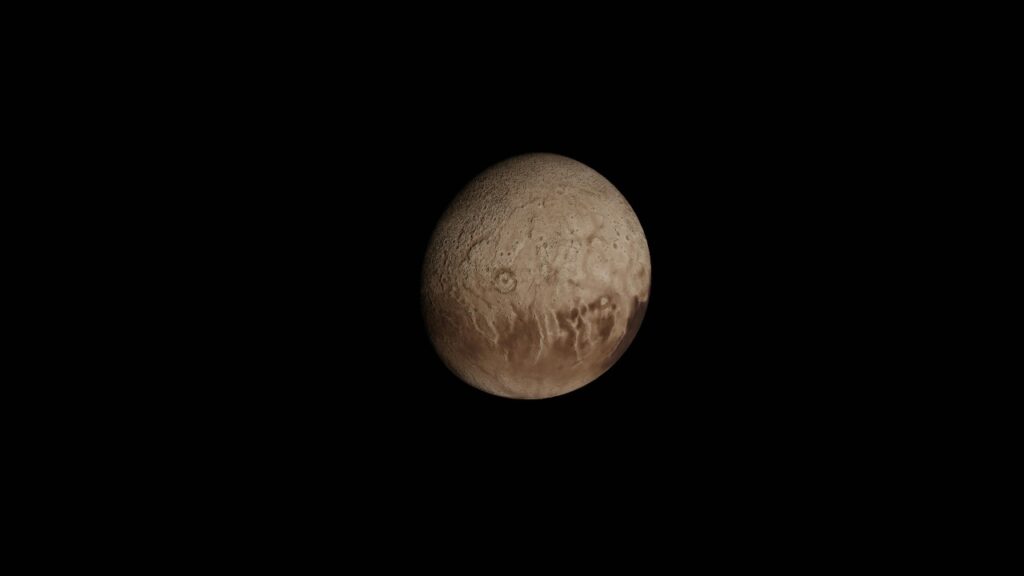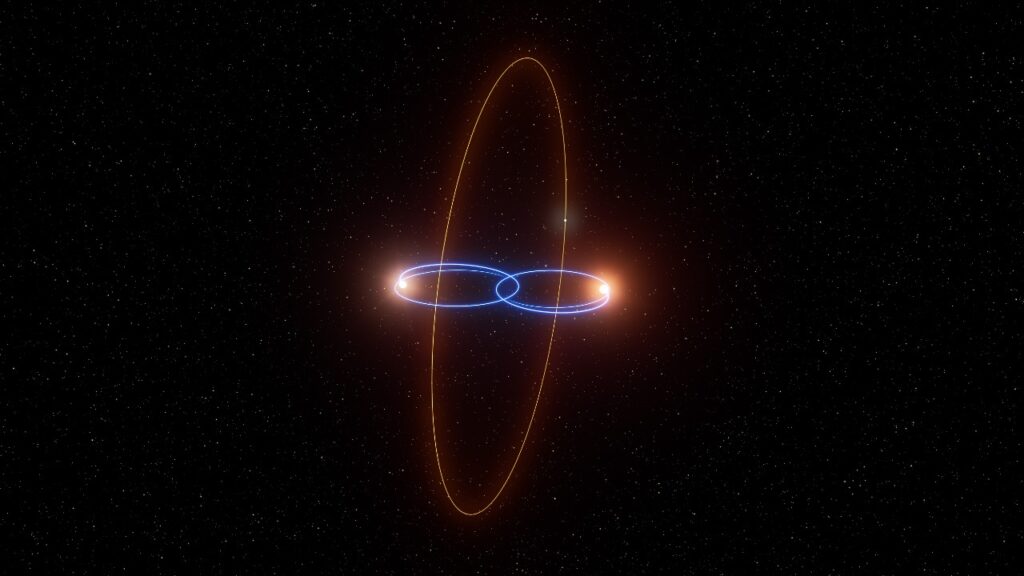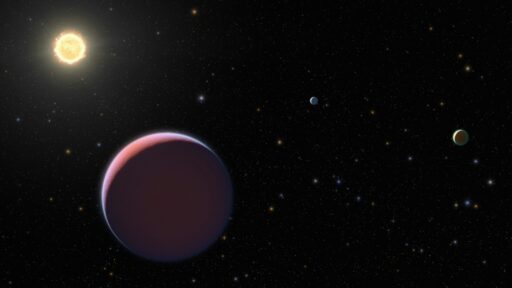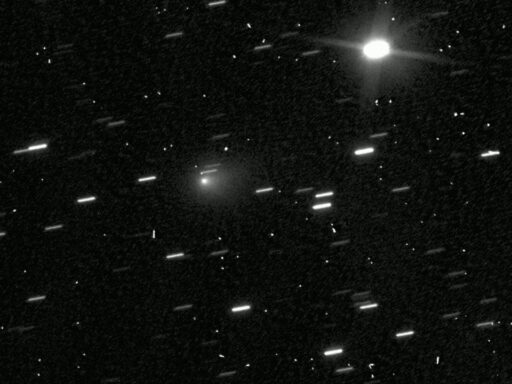As we gaze up at the night sky on this crisp November 9, 2025, evening, the cosmos feels a little less lonely. Astronomers have thrust a new celestial body into the spotlight a planet that’s earning the nickname “Earth’s twin” for its tantalizing similarities to our home world. This isn’t just another distant speck; it’s a rocky exoplanet nestled in a habitable zone, sparking fresh excitement in the scientific community about the potential for life beyond our solar system. Dubbed GJ 251 c, this find builds on a wave of recent revelations, from unexpected twists in orbital dynamics to surprises in the ongoing hunt for Planet Nine. Let’s break it down, exploring what this means for our understanding of distant solar systems and the broader quest for Earth-like planets.
Discovery of Earth’s Mysterious Twin

The recent identification of a planet described as Earth’s twin has sparked significant interest among astronomers and the public alike. This celestial body, newly spotlighted as a promising exoplanet candidate, offers Earth-like potential that has captivated researchers. The initial announcement, made on November 1, 2025, highlighted the planet’s unique characteristics and its potential to expand our understanding of habitable worlds. The report titled “A Mysterious Planet Just Entered the Spotlight: Meet Earth’s Twin” emphasized the planet’s entry into the scientific spotlight. Further coverage on November 3, 2025, reinforced the significance of this discovery. The article “A mysterious new planet has just entered the scene: meet Earth’s twin” provided additional insights into the planet’s characteristics and its potential implications for future research. These reports collectively underscore the excitement and curiosity surrounding this new addition to the catalog of exoplanets, as scientists continue to explore its properties and potential for supporting life.
The Broader Hunt for Earth-Like Planets

Finding GJ 251 c didn’t happen in isolation it’s part of an epic hunt for planets just like Earth, a pursuit that’s ramped up with advanced tech and sheer determination. As detailed in the October 5, 2025, BBC feature “The epic hunt for a planet just like Earth,” exoplanet hunters like Christopher Watson and Annelies Mortier have spent years sifting through data from telescopes worldwide to spot these elusive Earth analogs. The challenge? These planets are tiny blips against the glare of their stars, often requiring indirect methods like transits—where a planet dims its star’s lightor the wobbles we saw with GJ 251 c. This search zeros in on habitable zones, those sweet spots where temperatures allow liquid water, a key ingredient for life as we know it. GJ 251 c joins a growing catalog, including standouts like TRAPPIST-1e, another rocky world 40 light-years away that’s shown hints of a nitrogen-rich atmosphere via the James Webb Space Telescope. X chatter from users like @forallcurious highlights how JWST data from multiple transits suggests stable conditions that could mirror Earth’s, fueling speculation about liquid water and biosignatures. With over 6,000 exoplanets confirmed as of September 2025, including Neptune-like worlds and super-Earths, the field is exploding. Tools like JWST and upcoming missions are expanding our parameters, turning the hunt from a needle-in-a-haystack ordeal into a systematic scan of distant solar systems.
Surprises from the Planet Nine Pursuit

While we’re chasing Earth twins, the outer reaches of our own solar system keep throwing curveballs. The hunt for the mysterious Planet Nine a hypothetical ice giant lurking beyond Neptune has yielded unexpected gems. Back on May 29, 2025, reports like “The hunt for mysterious ‘Planet Nine’ offers up a surprise” revealed astronomers stumbling upon a potential new dwarf planet, dubbed 2017 OF201, while scouring data for Planet Nine’s gravitational fingerprints. This small world in the solar system’s outer regions refines our models of how distant celestial bodies behave, indirectly boosting exoplanet research by improving predictions about planetary formation.
The Planet Nine saga, ongoing for years, challenges everything from orbital dynamics to system stability. U.S. astronomers noted this find could complicate Planet Nine theories, as the dwarf planet’s path suggests alternative explanations for observed anomalies in the Kuiper Belt. It’s a reminder of the interconnectedness: Insights from our backyard, like these surprises, inform how we interpret exoplanet systems elsewhere in the galaxy. Even if Planet Nine remains elusive, its pursuit has already reshaped our view of solar system dynamics.
Rare Orbital Twists in Exoplanet Systems

In addition to the discovery of Earth’s twin, astronomers have identified a rare twist in the orbit of an exoplanet within a twin star system. This finding, announced on April 16, 2025, in the report “Astronomers find rare twist in exoplanet’s twin star orbit”, reveals unusual orbital dynamics that could have broader implications for the stability of systems hosting potential Earth twins.
Such orbital anomalies challenge existing theories about planetary formation and stability, prompting scientists to explore new models that can account for these unexpected behaviors. Understanding these dynamics is crucial for assessing the habitability of exoplanets, as stable orbits are often a key factor in determining whether a planet can support life. The discovery of these rare twists adds another layer of complexity to the study of exoplanetary systems, highlighting the need for continued observation and analysis.
Overall, the recent discoveries in the field of exoplanet research underscore the dynamic and evolving nature of our understanding of the universe. As astronomers continue to explore the cosmos, each new finding brings us closer to answering fundamental questions about the potential for life beyond Earth and the nature of planetary systems across the galaxy.







